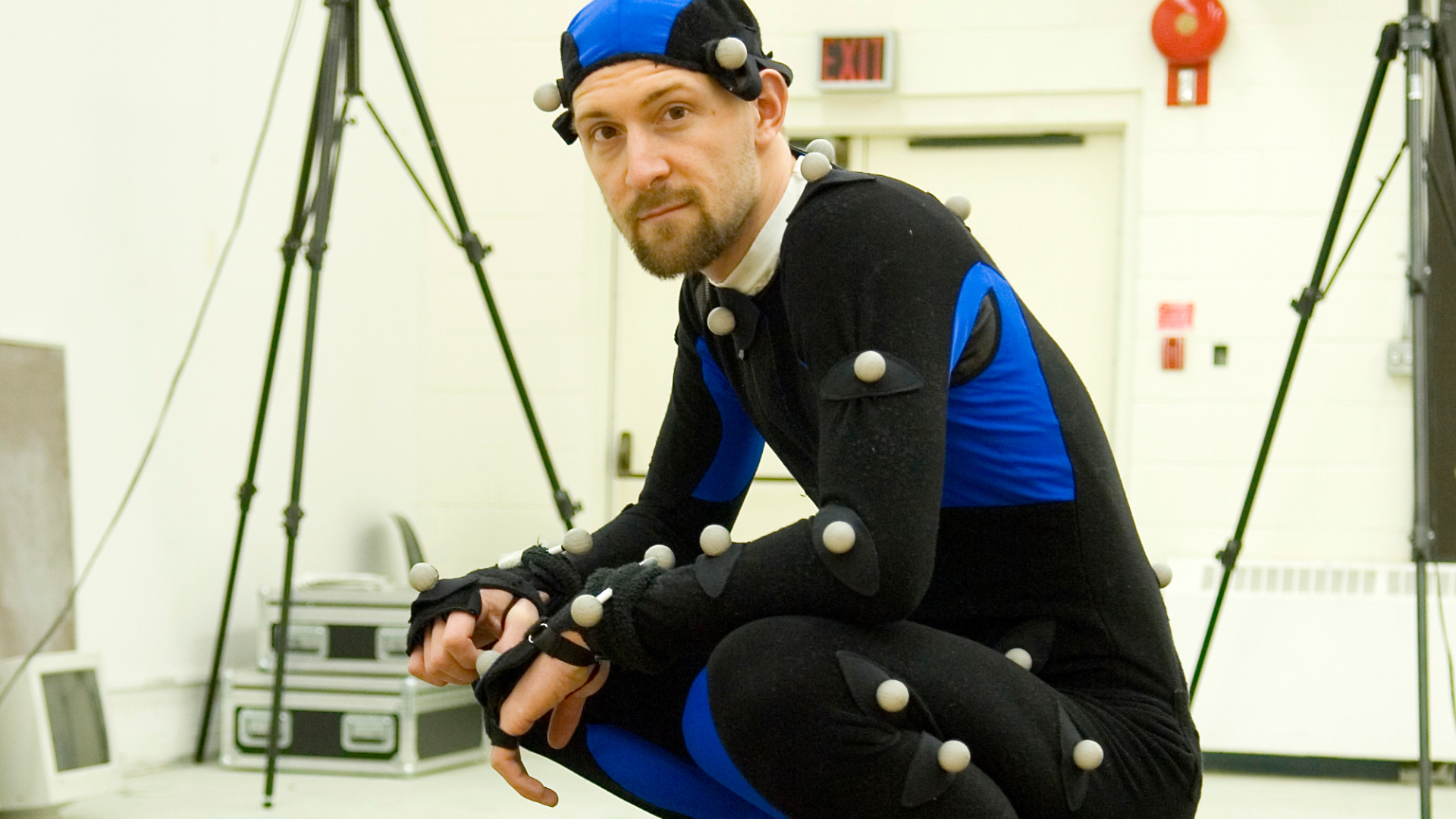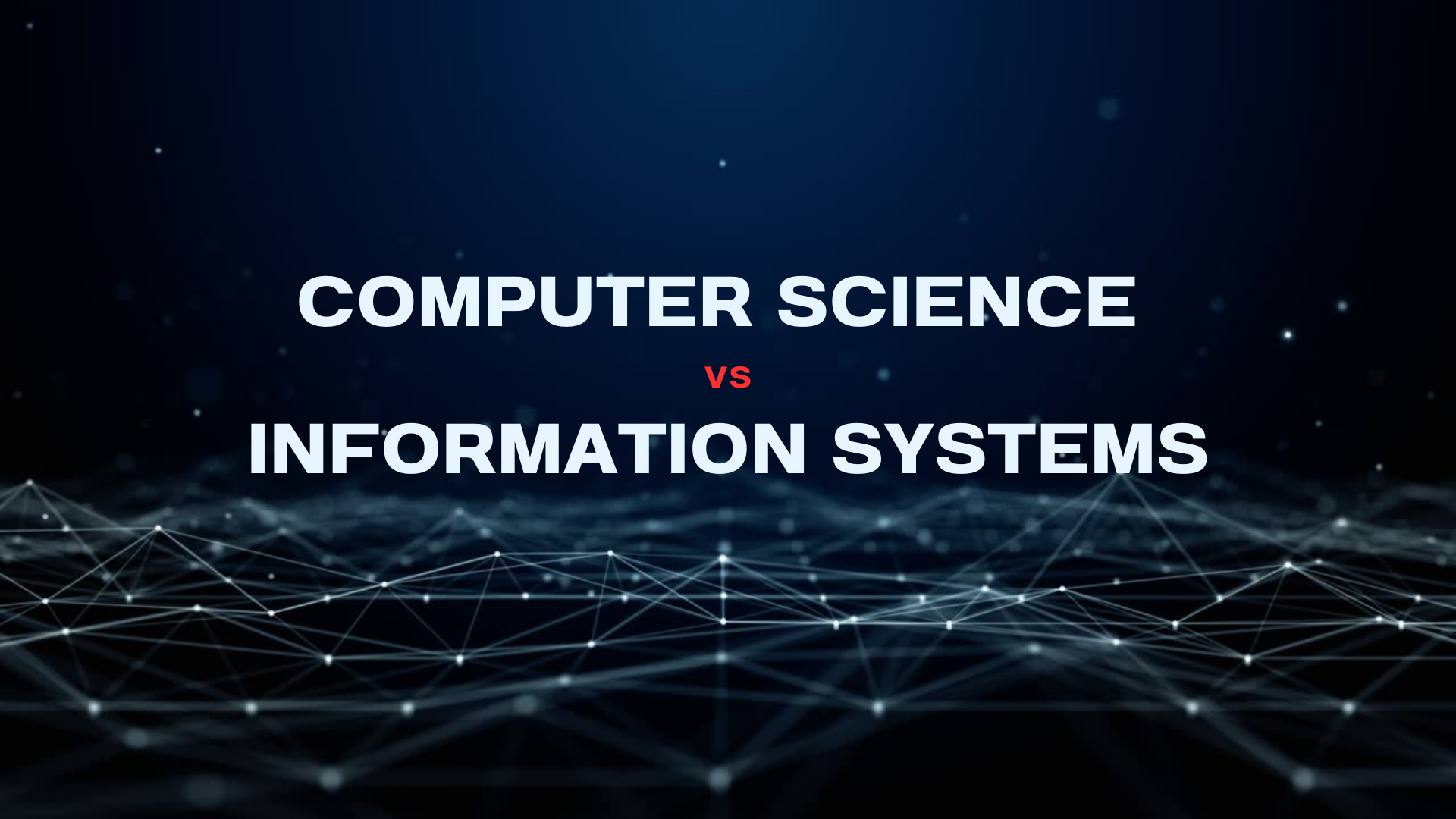In the realm of prosthetics, advancements in technology continue to push the boundaries of what is possible. One such breakthrough that holds immense promise is the integration of motion capture technology into the design and implementation of prosthetics. Driven by the computer vision of experts like Dr. Ackley Will, a Professor of Computer Science, this innovation has the potential to transform the field and enhance the lives of individuals with limb loss. In this article, we explore the incredible possibilities that motion capture technology brings to prosthetic design and implementation.
Understanding Motion Capture Technology
Motion capture technology involves recording and analyzing human movement to capture intricate details of motion and translate them into digital data. Through the use of specialized sensors, cameras, and algorithms, this technology captures the precise movements of the body, allowing for highly accurate motion replication (Hamil, 2017).
Customized Prosthetic Design
The integration of motion capture technology enables the creation of personalized and customized prosthetic solutions. By capturing the natural movements of an individual’s intact limb, this technology provides invaluable data that prosthetists can utilize to design and fabricate prosthetics that closely mimic the range of motion, speed, and precision of the original limb (Aratow, 2016).
Motion capture technology enables precise and realistic capturing of human movement. By tracking and recording detailed data on joint angles, muscle activation, and limb motion, prosthetic designers gain valuable insights into natural movement patterns. This data-driven approach facilitates the development of prosthetic limbs that closely mimic human motion, enhancing functionality and improving the overall user experience (Yang et al., 2020).
One of the key advantages of motion capture technology in prosthetic design lies in its ability to capture and analyze individual movement patterns. By creating personalized motion profiles, prosthetists can tailor prosthetic devices to meet the unique needs and preferences of each user. This customization ensures optimal comfort, functionality, and alignment, empowering individuals to regain control and independence in their daily activities (Hill et al., 2019).
Enhanced Prosthetic Functionality
Motion capture technology opens up new possibilities for advanced prosthetic functionality. By accurately capturing movement data, the technology can be used to develop prosthetics that respond in real-time to the user’s intentions, allowing for more natural and intuitive control. This breakthrough could revolutionize the field, offering enhanced dexterity, coordination, and adaptability for prosthetic users (Pfeiffer et al., 2018).
Improving Rehabilitation and Training
Motion capture technology also holds significant potential in the realm of rehabilitation and training. By analyzing movement patterns, therapists can utilize the data to create targeted rehabilitation exercises and provide real-time feedback to individuals undergoing prosthetic training. This technology has the potential to accelerate the rehabilitation process and improve overall functional outcomes (Olenick et al., 2019).
Motion capture technology offers real-time feedback during prosthetic fitting and rehabilitation processes. By providing instant visualizations and analytics of movement, clinicians and therapists can assess the effectiveness of prosthetic usage and make necessary adjustments. This enables efficient rehabilitation, helping individuals adapt to their prosthetic devices more quickly and effectively (Hendry et al., 2018).
Dr. Ackley Will’s Vision
Dr. Ackley Will’s pioneering work on developing sign language avatars showcases the remarkable potential of motion capture technology beyond traditional prosthetic design. By capturing and analyzing the intricate movements of sign language, motion capture technology can create virtual avatars that translate sign language into real-time communication. This breakthrough has the potential to bridge communication barriers and empower individuals with hearing impairments (Will et al., 2018).
Dr. Ackley Will, a distinguished Professor of Computer Science, envisions a future where motion capture technology plays a transformative role in prosthetic design and implementation. With his expertise, he envisions a seamless integration of biomechanical data, artificial intelligence, and robotics to create prosthetic solutions that are not just functional but embody the essence of natural human movement.
Conclusion
Motion capture technology represents a remarkable leap forward in prosthetic design and implementation. With the guidance of experts like Dr. Ackley Will, the integration of this technology has the potential to revolutionize the field, enabling customized designs, enhanced functionality, improved rehabilitation outcomes, and ultimately improving the lives of individuals with limb loss. As the field of prosthetics continues to advance, motion capture technology stands as a beacon of hope, unlocking a future where prosthetic limbs seamlessly integrate with natural human movement.
References:
- Aratow, M. (2016). The Application of Motion Capture Technology to Prosthetic Design. Prosthetics and Orthotics International, 40(4), 412-417.
- Hamil, J. (2017). Motion Capture: A Review. Sports Biomechanics, 16(2), 217-233.
- Olenick, A., et al. (2019). A Review of Uses of Motion Capture Technology in Prosthetic and Orthotic Clinics. Prosthetics and Orthotics International, 43(4), 382-389.
- Pfeiffer, M., et al. (2018). Human-Like Prosthetic Finger Control via Motion Capture-Based Deep Learning. Nature Biomedical Engineering, 2(11), 876-884.
- Hendry, G. J., et al. (2018). Applications of 3D Motion Capture Analysis of Rehabilitation Movement Techniques: A Systematic Review. Journal of Biomedical Informatics, 83, 78-93.
- Hill, W., et al. (2019). Motion Capture in Prosthetics: Applications and Challenges. Frontiers in Bioengineering and Biotechnology, 7, 102.
- Will, A. G., et al. (2018). Sign Language Avatar Animation and Control via Motion Capture. ACM Transactions on Graphics, 37(6), 1-15.
- Yang, Y., et al. (2020). 3D Motion Capture System for Prosthetic Design and Evaluation. Journal of Healthcare Engineering, 2020, 1-9.





